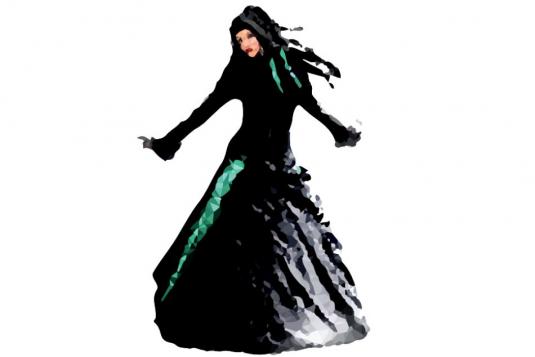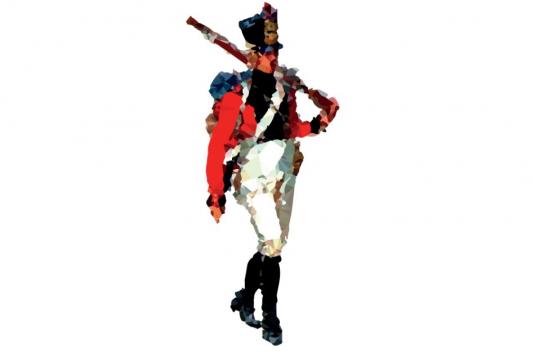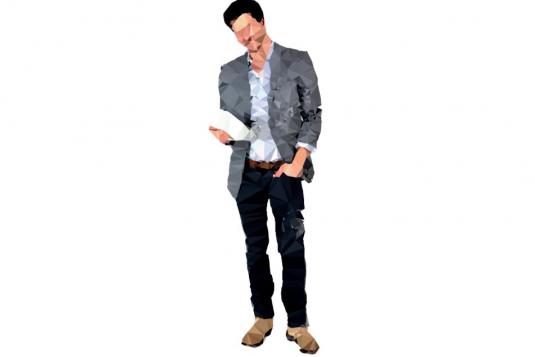Avant propos
Cette exposition a pour vocation d’aborder quelques grands principes relatifs à la démocratie et la justice.
Le postulat qui a guidé sa création est que le droit n’est pas une donnée immuable, il change avec le temps et participe de son milieu d'origine, traduisant les aspirations de la société et subissant les influences de la politique, la morale, la philosophie, l’économie, etc. Ainsi, le droit, la justice et la démocratie sont le fruit d’une longue histoire et ils en accompagnent également les changements.
À travers une frise chronologique en six fiches et des personnages confrontés à la justice de leur époque, l’exposition illustre cette dynamique. Initialement présentée physiquement au Palais de justice, elle se découvre aujourd’hui en version en ligne.
Pour approfondir ces thématiques, nous vous invitons à consulter les ouvrages et références mentionnés dans cette bibliographie afin de consolider de manière scientifique les informations mentionnées dans l'exposition.
16ème siècle
Au 16ème siècle, Genève évolue d’un régime épiscopal vers une république et la Réforme est adoptée en 1536 suite à la fuite du prince-évêque catholique.
Cette époque, marquée par les procès de sorcières et une justice souvent sévère, est aussi celle de l’évolution vers une procédure civile écrite et de la rédaction des principaux édits, sources du droit civil, pénal et des procédures criminelles à Genève.
17-18ème siècle
Le 17ème siècle est une époque de disettes, d'épidémies de peste, de climat rigoureux et de guerres. Les persécutions pour sorcellerie sont nombreuses, avec la dernière exécution à Genève, en 1652.
La justice pénale ne reposant pas sur une loi, elle n’utilise que des règles de procédures. La procédure criminelle est inquisitoire, écrite, secrète, non contradictoire et ne laisse que peu de chance à l’accusé. Elle repose sur la preuve de l’aveu pouvant être arraché sous la torture jusqu’en 1738.

La sorcière
Michée Chauderon, condamnée à mort par pendaison puis crémation du corps. Jugée par le Petit Conseil le 3 avril 1652.
Dans cette période de misère et de violence, le procès de Michée Chauderon annonce la fin de la "grande chasses aux sorcières" qui marquait toute l'Europe depuis le milieu du 15ème siècle. Depuis les premiers procès en sorcellerie instruits à Genève, le mécanisme répressif utilisé dans les causes de sorcellerie est bien rôdé. Il repose sur l'instruction secrète, le recours aux experts, l'usage de la question (torture) et l'écriture des pièces authentiques.
18ème siècle
Le 18ème siècle période emblématique des Lumières, est caractérisé par la Révolution française ainsi que par l’adoption de la Déclaration des droits de l’Homme et du citoyen.
A Genève, décembre 1792 marque la fin de l’Ancien Régime, un "comité provisoire de sureté" suspend le gouvernement en place et proclame l’égalité politique entre toutes les catégories de la population. Sous la Révolution genevoise, le jury est institué par la constitution genevoise qui est adoptée en 1794, consacrant ainsi la souveraineté populaire et le principe de la séparation des pouvoirs.
La justice évolue vers une procédure accusatoire et contradictoire, offrant plus de droits à l’accusé. La torture est abolie, la prison moderne se développe et l’entraide judiciaire s’intensifie avec l’extradition des criminels.
19ème siècle

Suite à l'annexion de Genève par la France en 1798, le droit
La constitution genevoise de 1847, rédigée par James Fazy, pose les bases de la démocratie moderne et transforme les institutions. Elle garantit l’existence du jury populaire, qui statue seul sur les questions de faits soumises à la Cour
Le déserteur
Barthélémy Duret, condamné par contumace à mort et à l'amende pour désertion. Il est jugé par le Conseil de guerre spécial de Civita Vecchia (IT) le 12 décembre 1808.
Piste audio
Genève est sous le joug de Napoléon et les Genevois, alors considérés comme des citoyens français, sont soumis aux lois françaises. De nombreux habitants du nouveau département du Léman sont enrôlés dans l'armée impériale (la conscription) et envoyés dans les territoires conquis.
Les conscrits déserteurs sont jugés par un tribunal
19-20ème siècle
D’importants événements mondiaux marquent cette période, notamment la Première Guerre mondiale (1914-1918) suivie en 1929 de la grande crise économique.
En Suisse, la constitution fédérale de 1848 confie l’organisation judiciaire aux cantons. Plusieurs textes législatifs nationaux majeurs voient le jour, le Code pénal fédéral, le Code civil suisse, ainsi que des lois sur l’assurance en cas de maladie et d’accident et la première loi
À Genève, ces évolutions s’accompagnent d’une révision
L'État de droit
Les autorités cherchent le bon équilibre entre la protection des données personnelles, d'une part, et la transparence de l'administration, d'autre part. De nombreuses décisions judiciaires sont publiées en ligne, mais les noms des personnes sont en général supprimés (caviardés) afin de respecter leur anonymat et le droit
Monsieur A
Monsieur A, conteste son placement en cellule forte. Son recours est rejeté par la chambre administrative de la Cour de justice le 25 octobre 2016.
Le citoyen peut, à travers la justice de droit public, recourir contre les décisions de l'État, à l'instar de Monsieur A., un détenu qui estime avoir été victime d'une décision disproportionnée pour avoir troublé l'ordre de la prison de Champ-Dollon, aussi fait-il recours contre son placement en cellule forte, auprès de la chambre administrative de la Cour de justice.

20-21ème siècle
Le 20ème siècle est marqué par la Seconde Guerre mondiale (1939-1945) et la création d’institutions internationales majeures comme le CERN ou l’ONU.
La Suisse s’engage progressivement dans les relations internationales, adhérant à l’ONU en 2002 et signant des accords bilatéraux avec l’Union européenne depuis 1972.
Les droits civiques évoluent également, notamment avec l'obtention du droit
21ème siècle
Avec le développement de la robotique et de l'intelligence artificielle, nous nous trouvons à l'aube d'une nouvelle révolution qui pose également des questions juridiques et éthiques.
Le législateur tente d'anticiper ces changements à l'instar du parlement européen qui a adopté le 16 février 2017 une résolution intitulée "Règles de droit
Quel statut doit-on accorder aux robots "intelligents"? Sont-ils des biens appartenant à une personne physique
Verra-t-on émerger des tribunaux spéciaux dans le futur? Les réponses n'existent pas encore, mais il ne fait aucun doute que cela constituera un changement majeur de notre société dont la justice devra tenir compte.

PKD-1966, surnom "Roy-B"
Roy-B dépose une demande en réparation. Indemnisation accordée pour violation de la propriété intellectuellement par le Tribunal des androïdes le 16 décembre 2049.